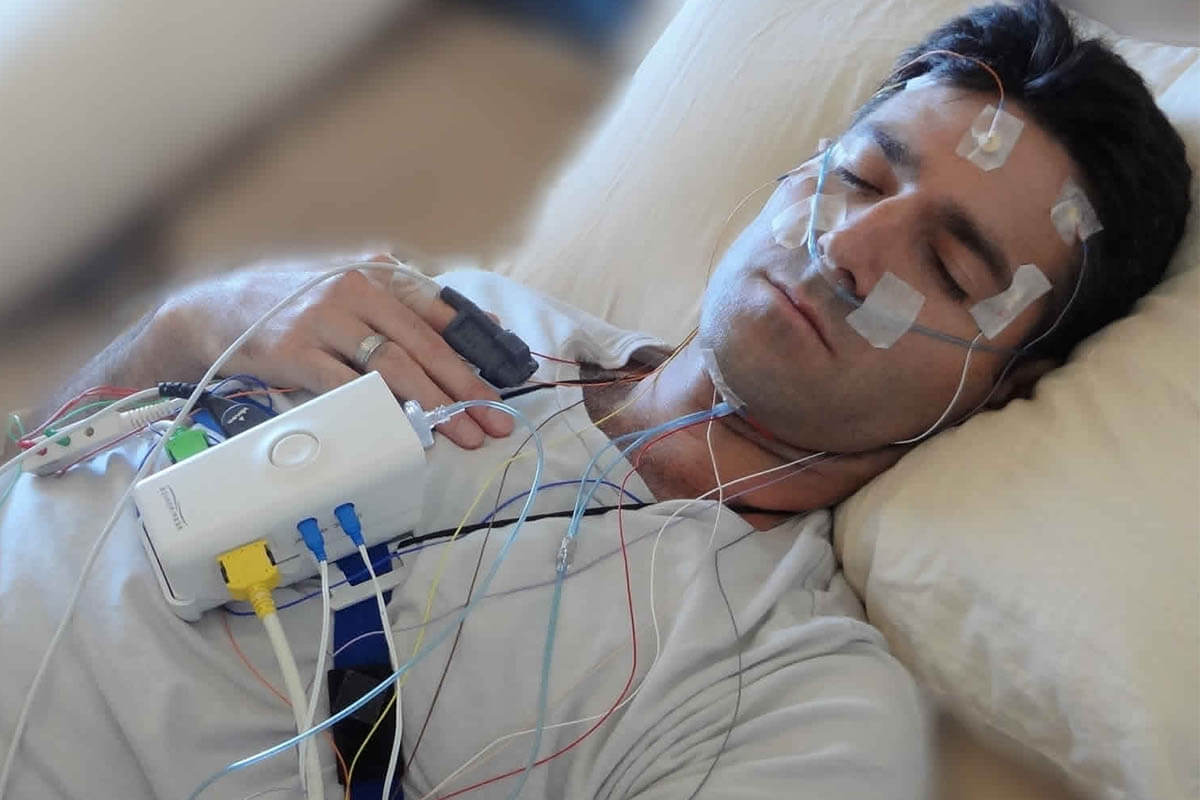From Exhausted to Energized: How CPAP Therapy Transforms Daytime Living
If you find yourself waking up feeling tired despite spending hours in bed, struggling to stay awake at work, or unable to focus during daily tasks, you might be dealing with a hidden condition: sleep apnea. This disorder can affect your energy levels, mood, and overall health in ways that are often hard to recognize. However, there’s good news – CPAP (Continuous Positive Airway Pressure) therapy can be the solution you’ve been looking for, offering a life-changing impact on both your sleep quality and daytime energy. In this article, we’ll explore how CPAP therapy works and how it can transform your life by turning exhaustion into energy. What is Sleep Apnea? Sleep apnea is a sleep disorder where your breathing repeatedly stops and starts during sleep. This disruption can lead to fragmented and poor-quality sleep, leaving you feeling tired and unrested. There are three main types of sleep apnea: When sleep apnea is untreated, it can have serious consequences on your health. It affects your quality of sleep, reducing the time spent in deep, restorative sleep stages. This results in fatigue, irritability, difficulty concentrating, and a general feeling of exhaustion throughout the day. Over time, it can contribute to higher risks of heart disease, stroke, high blood pressure, diabetes, and even depression. See more: Occupational Therapy for Kids: A Parent’s Guide to Early Support How CPAP Therapy Works CPAP therapy is designed to treat sleep apnea by providing continuous airflow to keep your airways open while you sleep. The CPAP machine delivers pressurized air through a mask that covers your nose or mouth, preventing the airway from collapsing or becoming obstructed. There are different types of CPAP machines tailored to individual needs: The key to CPAP therapy’s effectiveness lies in its ability to maintain continuous airflow, ensuring that your airways remain open during sleep. This leads to fewer disruptions, better sleep quality, and the chance to wake up feeling refreshed. The Impact of CPAP on Daytime Energy The transformation that CPAP therapy brings is truly remarkable. When sleep apnea is managed and breathing is uninterrupted throughout the night, the quality of sleep dramatically improves. As a result, you wake up feeling rested and energized. Here’s how CPAP therapy impacts your daytime energy: CPAP therapy essentially recharges your body and mind, transforming you from a sleep-deprived zombie into a lively, focused individual ready to take on the day. Benefits of CPAP Therapy The benefits of CPAP therapy extend far beyond just improved sleep. By effectively treating sleep apnea, you can experience a variety of positive changes in both your physical and mental well-being: Common Concerns and Solutions While CPAP therapy offers many benefits, some users face challenges when first adjusting to the machine. Here are some common concerns and practical tips for overcoming them: Conclusion CPAP therapy has the power to transform your life by improving sleep quality, boosting daytime energy, and enhancing overall well-being. By treating sleep apnea, you can say goodbye to exhaustion and hello to increased vitality, focus, and productivity. If you suspect you have sleep apnea, don’t let it go untreated. Talk to a healthcare professional and explore CPAP therapy as a solution that could dramatically change your daytime living and health. With CPAP therapy, you can make the shift from feeling constantly tired to becoming energized and ready to take on life’s challenges. Your days of exhaustion are over, and the energetic, vibrant version of yourself is just a CPAP machine away!


